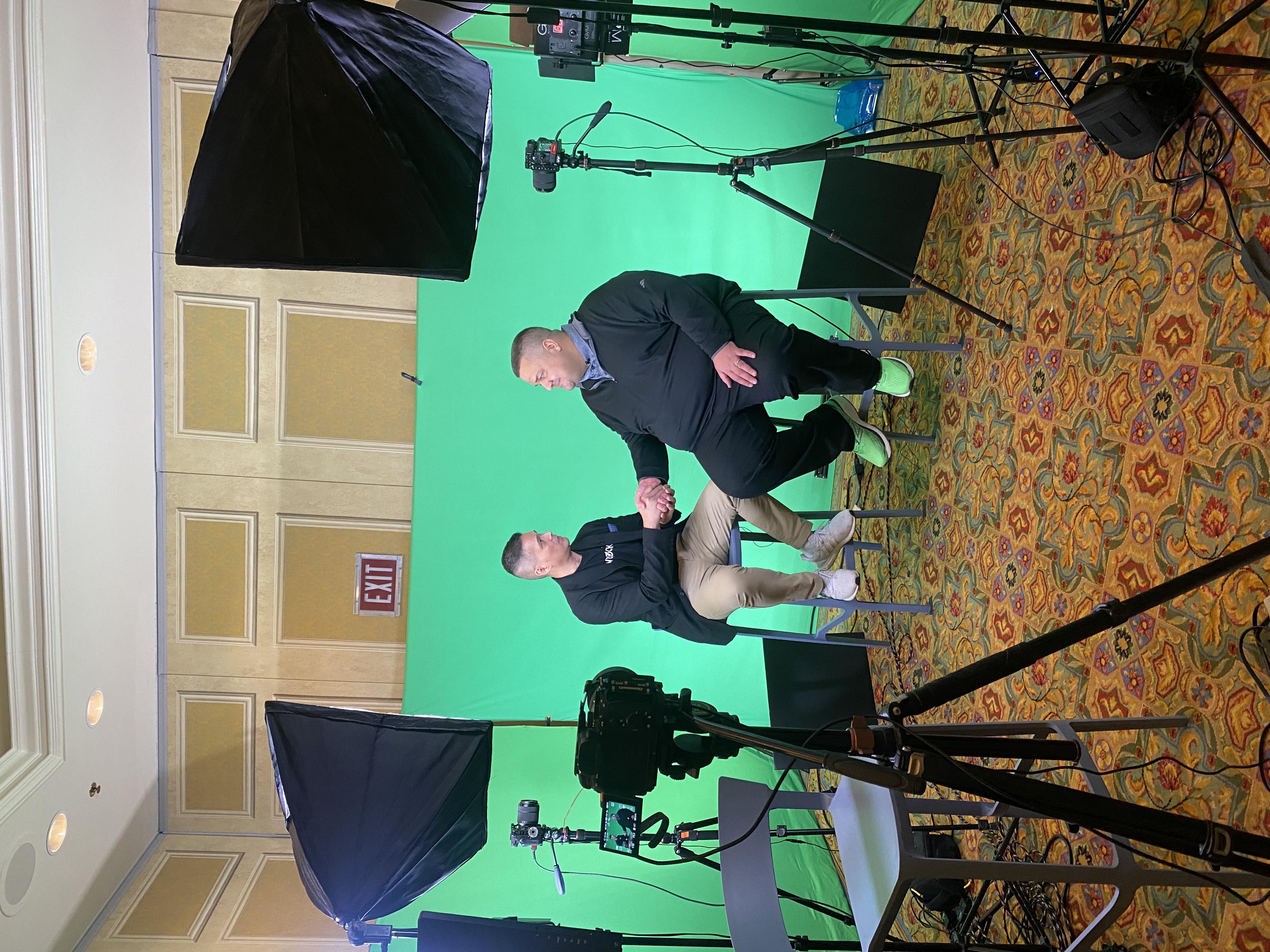Vendor risk management, or VRM, is a program within an organization that is responsible for identifying and remediating risks associated with vendors. What is a vendor? While sometimes used interchangeably, a vendor is included under the umbrella term “third-party” and most often is a service provider or information technology (IT) supplier.
Over the past couple of years, the pandemic has caused a sudden influx in vendor and third-party dependency as people left their cubicles and settled into their home offices under the guise of strict work from home (WFH) policies. With so many people connecting to their businesses remotely and sending and storing important information in cloud systems, it has never been this important to have a strong VRM strategy in place. Components of a solid VRM strategy include things like:
- Upholding vendor contracts
- Analyzing current third-parties and optimizing where necessary
- Compliance
- Understanding the flow of data and who has access to that data
- Monitoring security controls
- Managing risk mitigation efforts
All of these components can be achieved effectively via robust and optimized tools and programs. ServiceNow provides tools that offer automated assessments, transparent reporting, and consistent remediation of your supply chain. With features like:
Vendor tiering — Allows you to establish an appropriate frequency and assessment cycle of your vendors via a tiering process.
Portfolio management — Eliminates spreadsheets and manual tracking with a single database of vendors, the products and services they fulfill, contacts, and a self-service portal for easy vendor updating.
Assessment management — Use built-in SIG questionnaires or create one with the drag and drop designer. Online assessments for vendors or engagements result in faster response and better information.
Vendor portal — Consolidate communication and collaboration with vendor stakeholders to improve efficiency, visibility into the status of assessments and issues, and keep a record of it all.
Issues and remediation — Automate issue generation, design remediation plans, and share them with vendors for faster closure. Use built-in chat to respond and resolve vendor questions in real-time.
The benefits of optimized Vendor Risk Management tools
Being able to orchestrate your VRM strategy in such a way that streamlines and optimizes every aspect of the process provides many benefits, including:
- Greater visibility — into the status of assessments, issues, and tasks across your vendor ecosystem.
- Improved decision-making — Identify emerging risks using assessments and continuous monitoring.
- Increased performance — Improve collaboration while automating processes and consistent workflows across your vendor ecosystem.
- Manage risk across your extended enterprise — Aggregated vendor risk scores and integration with the GRC portfolio.
Having access to the appropriate tools and training is of chief importance to ensure an effective, efficient, and scalable VRM program that will grow with your business. As we continue to digitize our operations moving forward, vendor risk management will (and should) remain a priority in your organization. Reach out today to find out how NewRocket can help your organization get a vendor risk management program up and running in just 8-10 weeks.

.svg)


.png)
.png)
.png)
.png)

.png)
.png)
.png)
.png)
.png)
.png)
.png)
.png)
.png)
.png)
.png)
.png)










